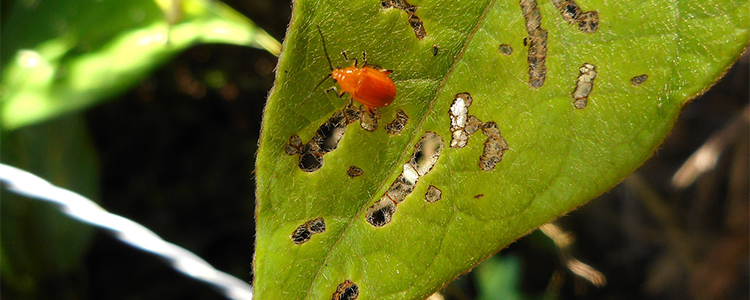Drones are unmanned aerial vehicles (UAVs) that can fly through the air and they can carry a variety of sensors and cameras for collecting and analyzing agricultural data. Drones are being used more and more widely in agriculture, and they can help farmers improve crop yield and quality, save costs and resources, reduce environmental pollution, and address challenges such as climate change.
The importance of drones in agriculture is mainly reflected in the following aspects:

Precision agriculture: drones can carry out high-resolution remote sensing monitoring of farmland, obtaining information on soil, moisture, vegetation, pests and diseases, and helping farmers to formulate precise fertilizer, irrigation, weeding, spraying and other programs. This can improve crop growth efficiency, reduce input costs, reduce the use of chemical fertilizers and pesticides, and protect the environment and human health.

Intelligent irrigation: drones can use thermal infrared cameras or multi-spectral cameras to measure the transpiration and water stress level of plants and determine their water needs. Drones can also be combined with smart irrigation systems to automatically adjust the amount and timing of irrigation according to the real-time water status of plants. This saves water, improves irrigation efficiency, and avoids losses caused by over- or under-irrigation.

Crop Pest Diagnosis: Drones can use visible or hyperspectral cameras to capture plant features such as color, shape, and texture to identify different types of pests and diseases. Drones can also utilize artificial intelligence technologies such as deep learning to classify, quantify, predict and other analyses of pests and diseases. This can identify and deal with pest and disease problems in a timely manner, reducing crop losses and improving quality and safety.

Crop harvesting and transportation: drones can utilize technologies such as LIDAR or visual navigation to achieve autonomous flight and obstacle avoidance. Drones can also be equipped with a variety of harvesting and transportation devices to automatically complete harvesting and transportation tasks based on crop type, location, maturity and other information. This can save manpower and time, improve harvesting and transportation efficiency, and reduce losses and costs.
In summary, the importance of drones in agriculture cannot be overstated, and they have revolutionized agricultural production and brought advantages. With the continuous development and improvement of UAV technology, the application of UAVs in agriculture will be more extensive and in-depth, making a greater contribution to the sustainable development of agriculture.
Post time: Sep-12-2023